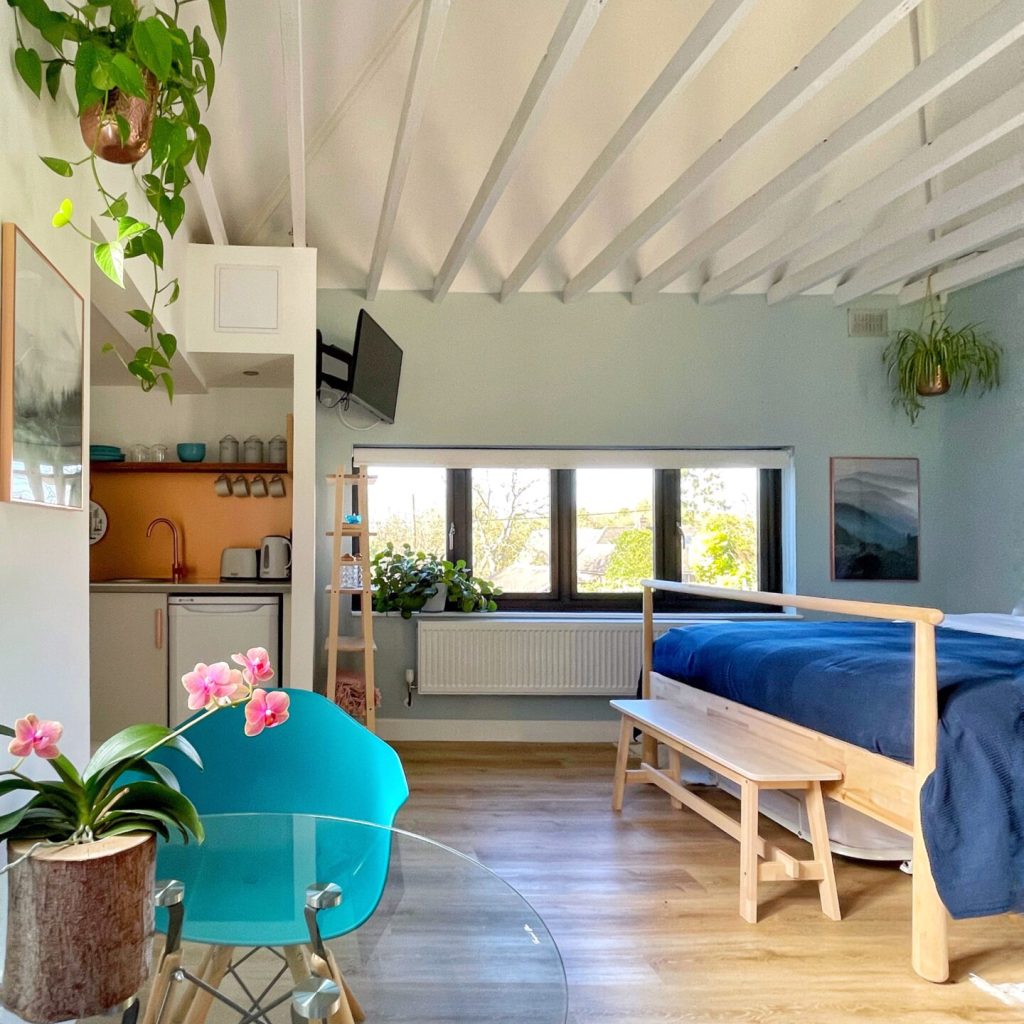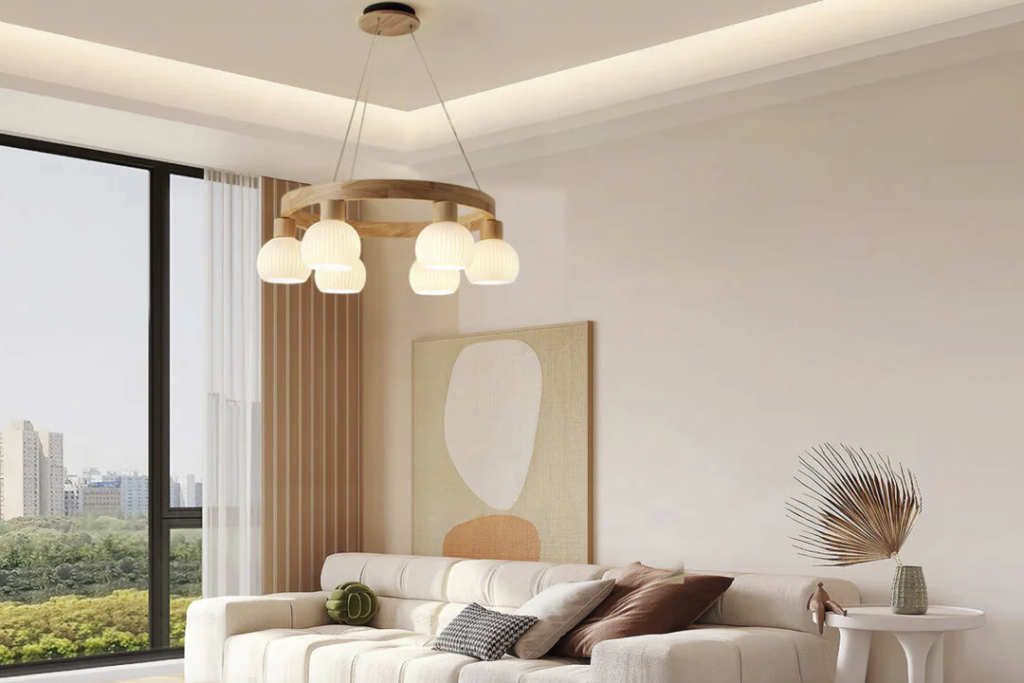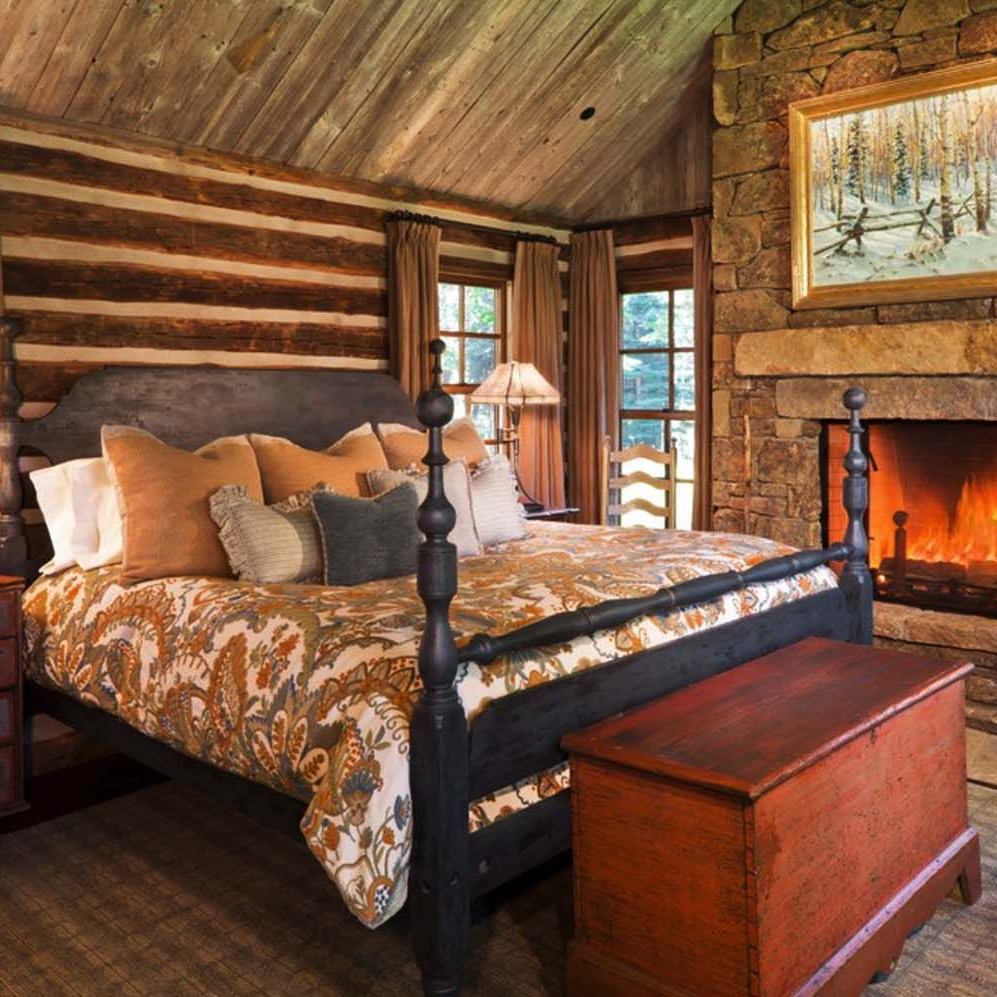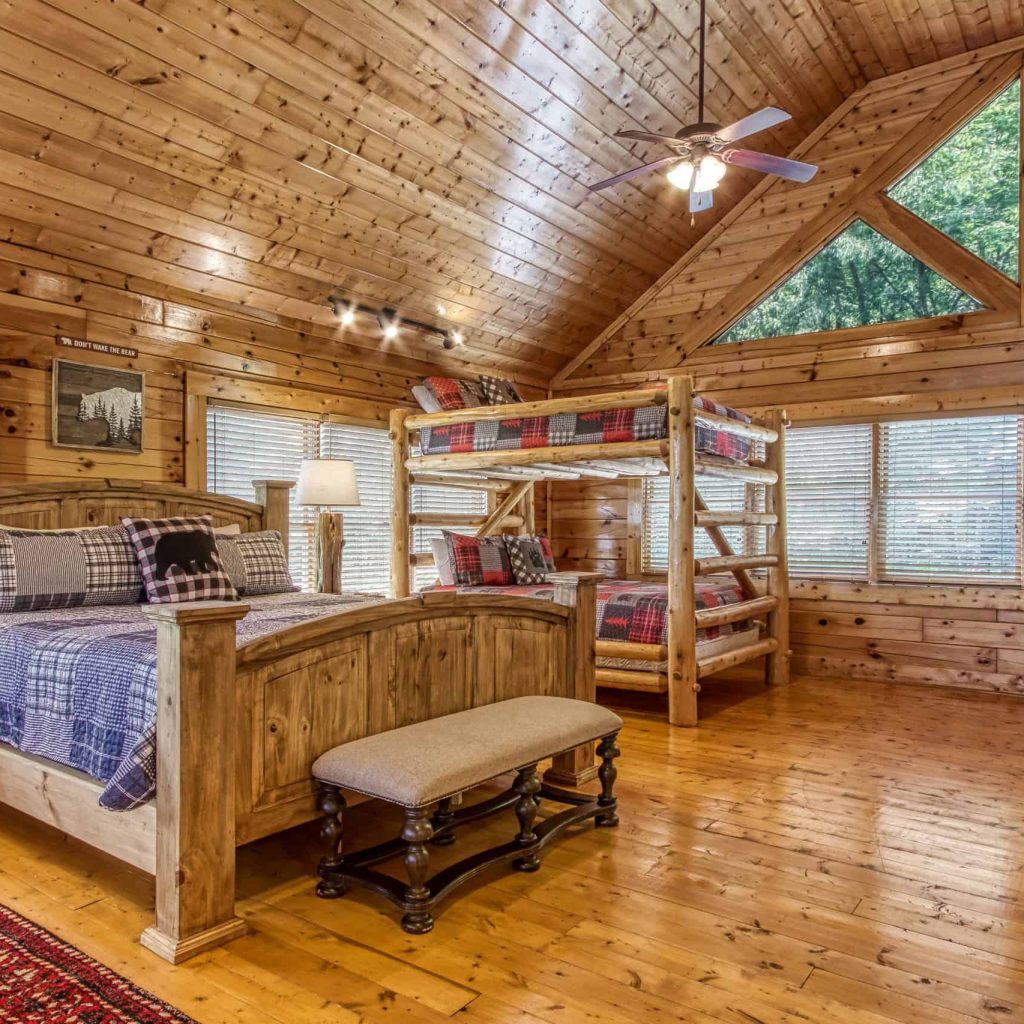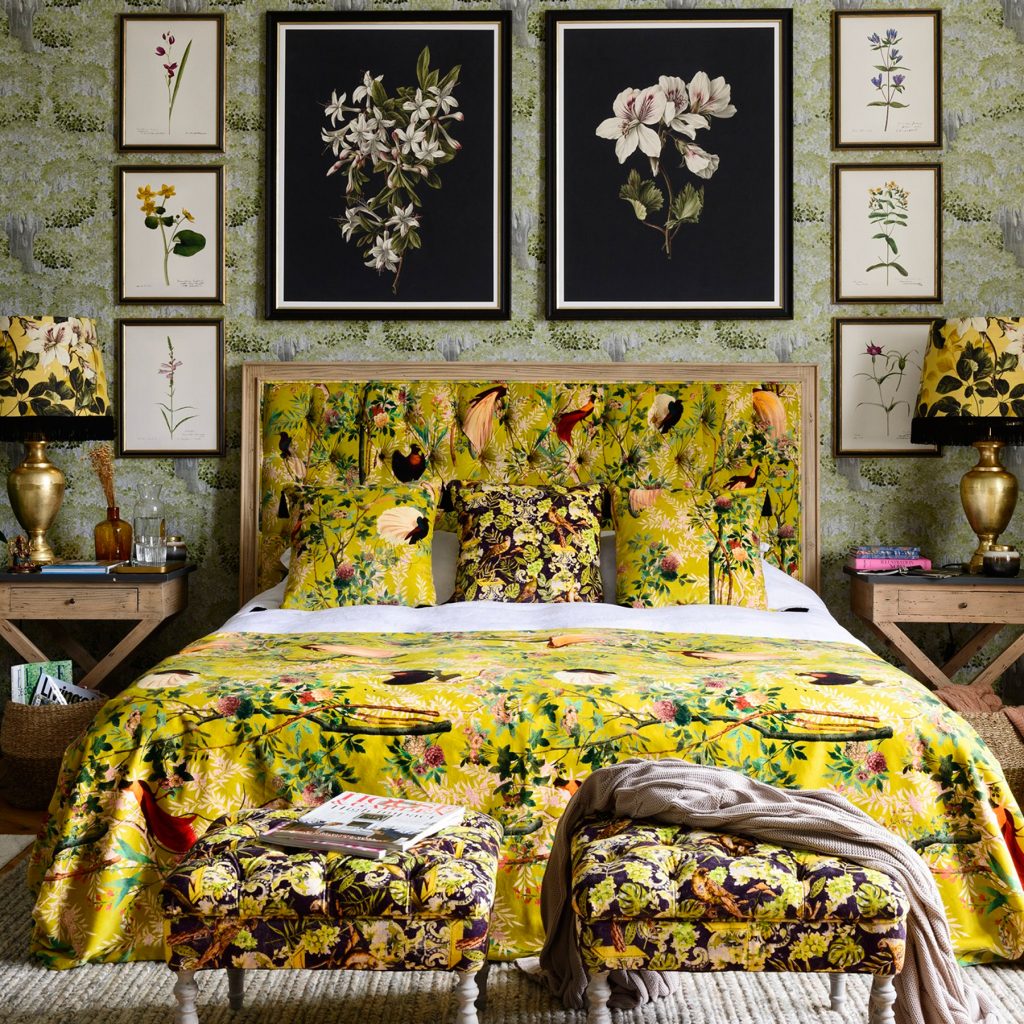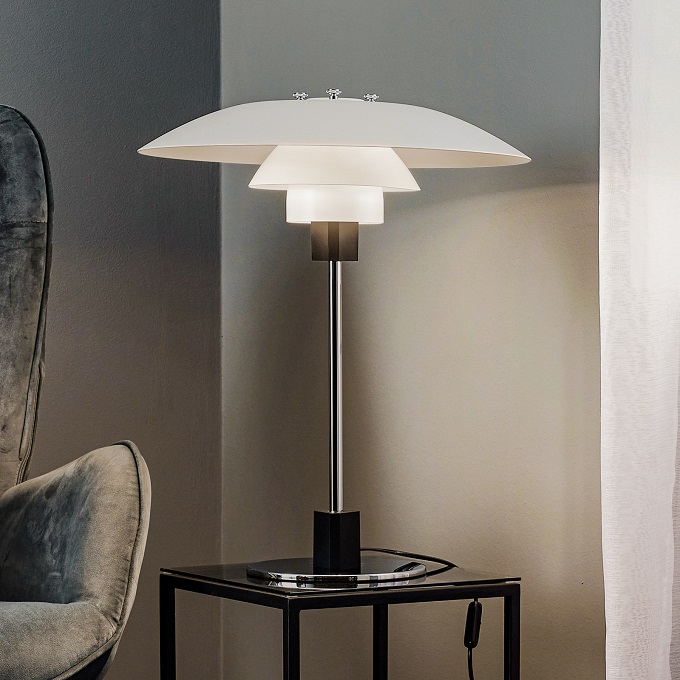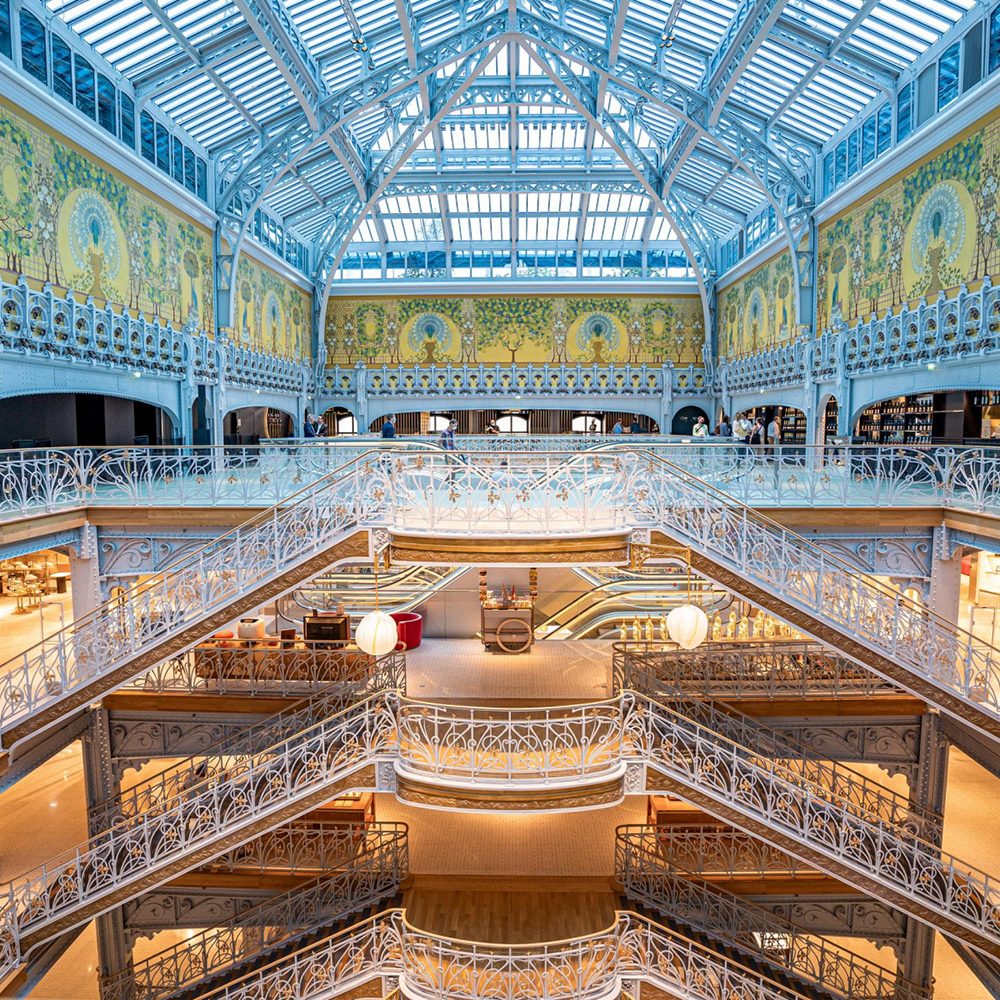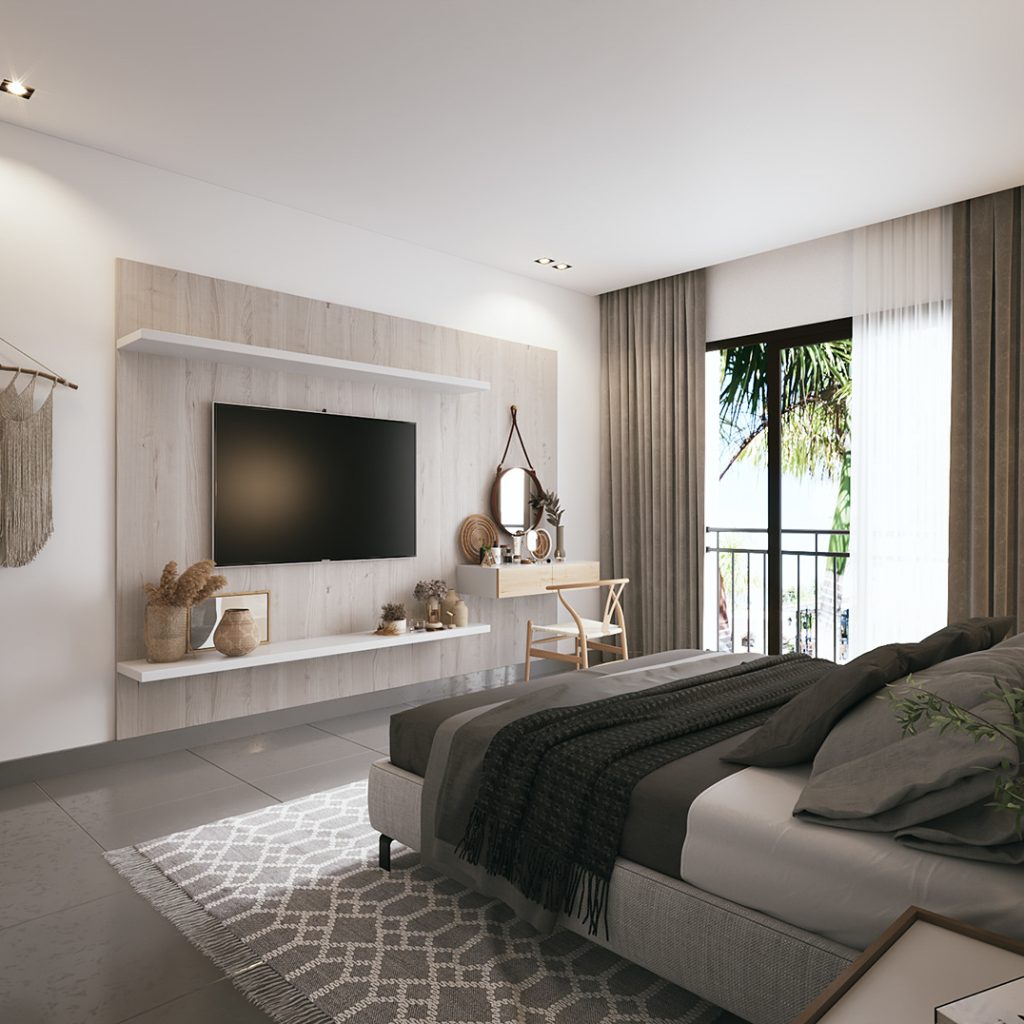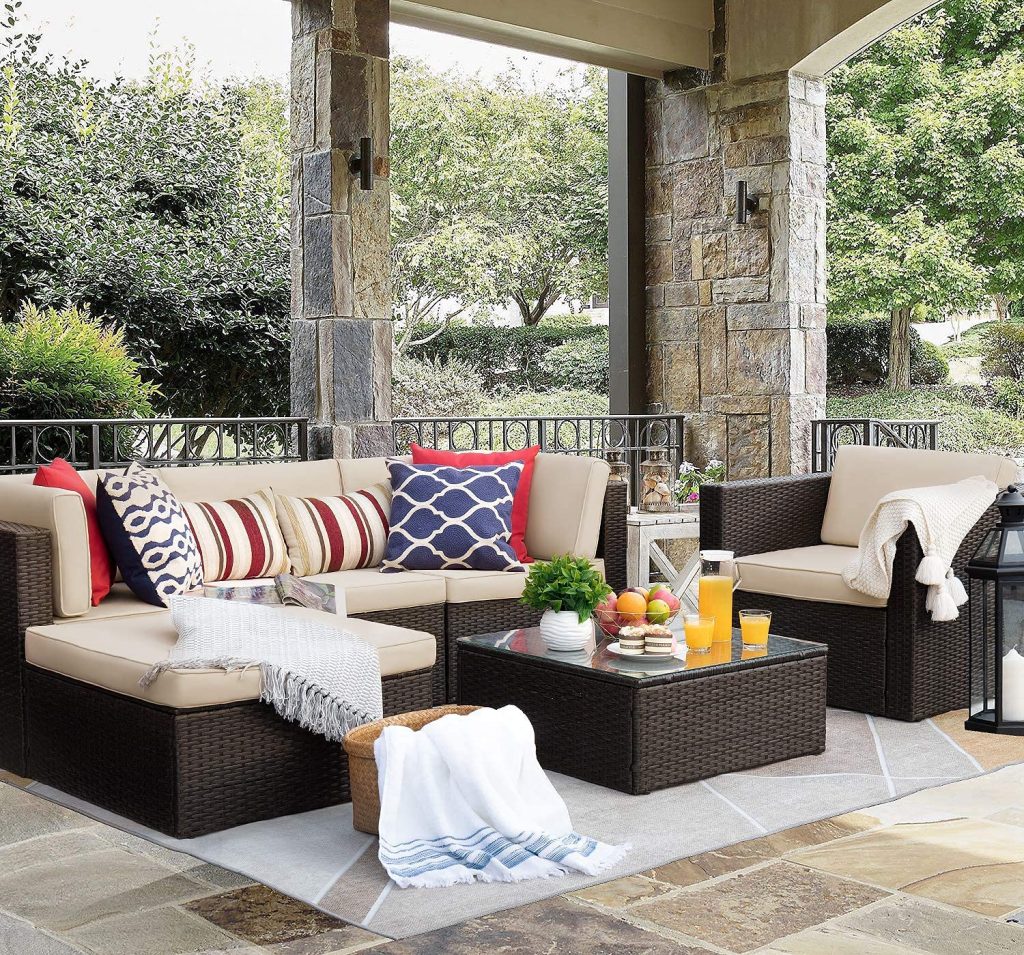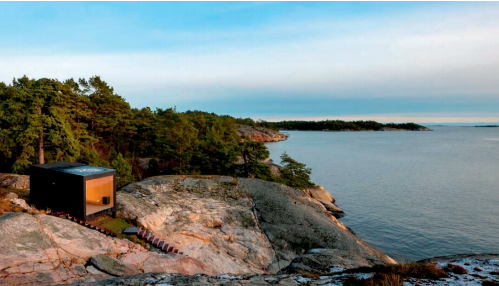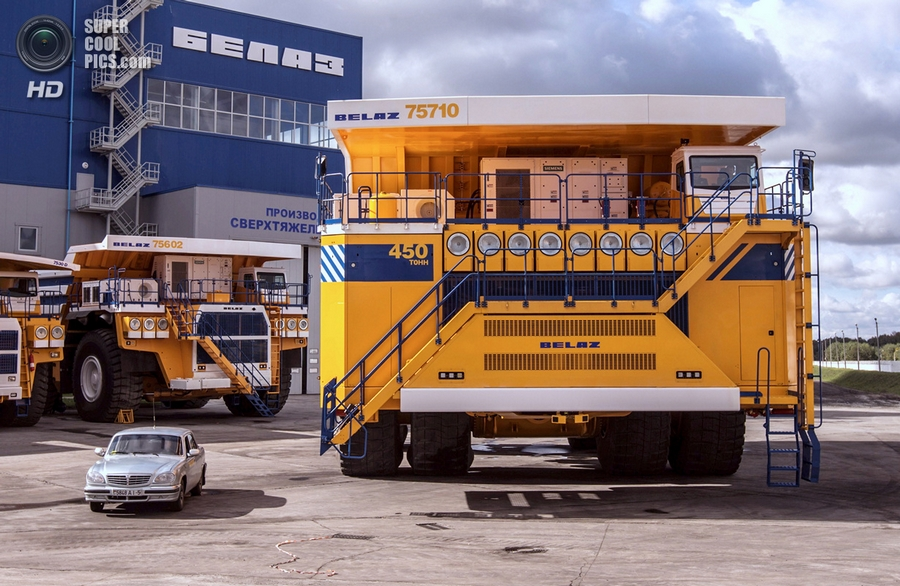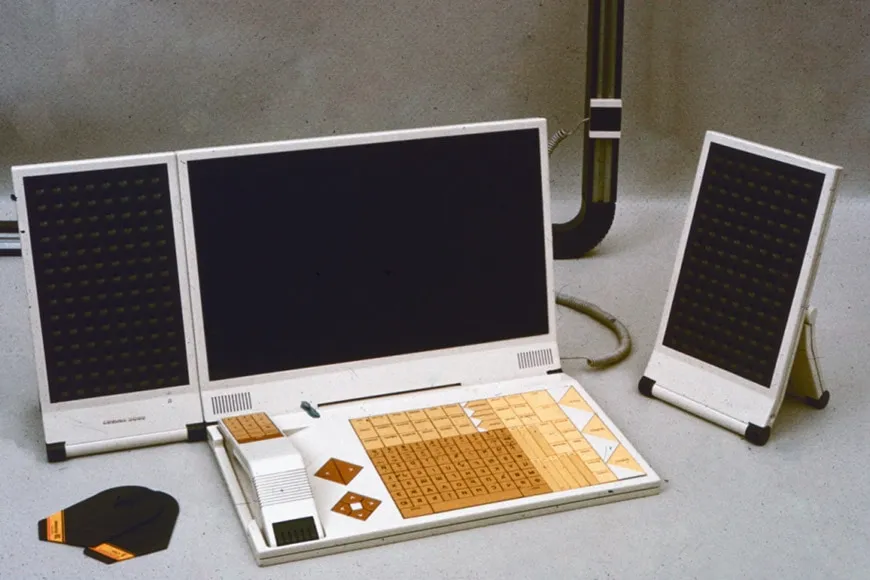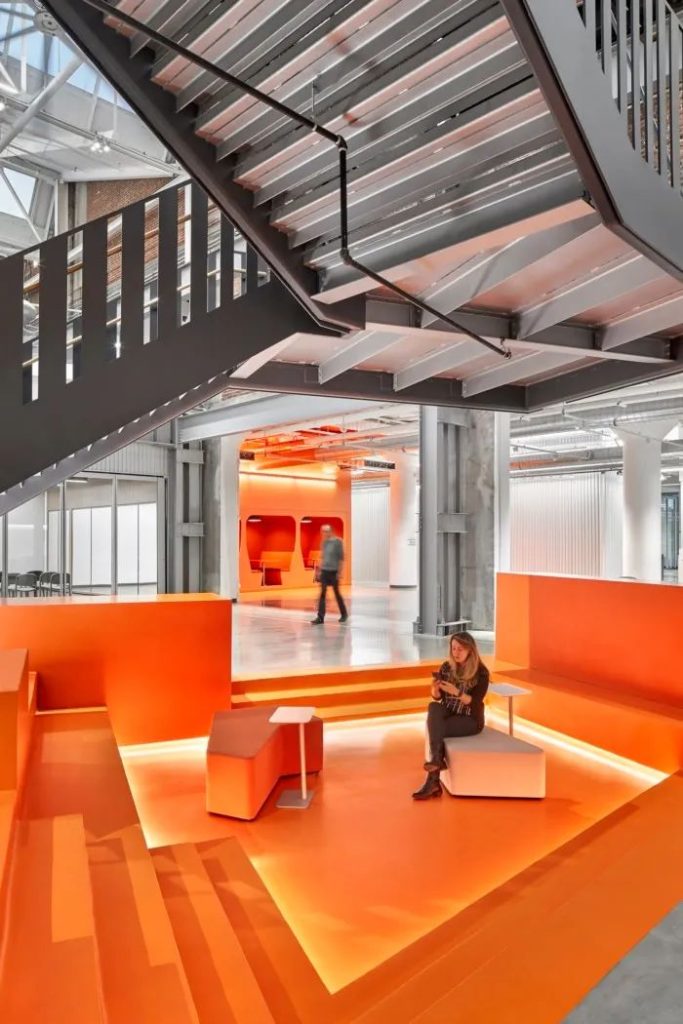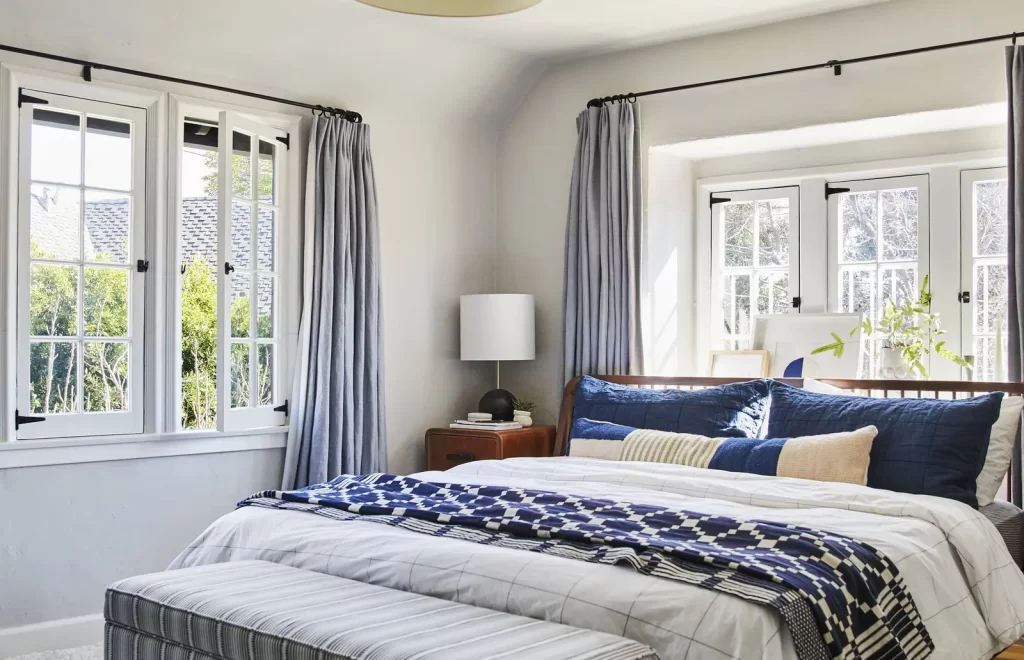Industrial design lighting is a distinctive aesthetic that draws inspiration from the raw, utilitarian elements of industrial spaces. This style often features materials such as metal, glass, and concrete, which are left in their natural state or minimally processed. The essence of industrial design lighting lies in its ability to blend functionality with an artistic edge, creating fixtures that are not only practical but also serve as striking focal points within a space.
The origins of this design philosophy can be traced back to the early 20th century when factories and warehouses were repurposed into living and working spaces, leading to a new appreciation for the beauty of industrial materials and forms. The characteristics of industrial design lighting are marked by a sense of ruggedness and simplicity. Fixtures often showcase exposed bulbs, visible wiring, and a mix of textures that evoke a sense of authenticity.
Pendant lights Hozo, for instance, are commonly crafted from metals like brass or iron, featuring a distressed finish that adds to their charm. Additionally, the use of Edison bulbs has become synonymous with this style, as their warm glow enhances the vintage feel while providing ample illumination. Understanding these elements is crucial for anyone looking to incorporate industrial design lighting into their environment, as it allows for a more informed selection of fixtures that align with the overall aesthetic.
Incorporating Industrial Design Lighting in Residential Spaces
Creating a Focal Point
A cluster of metal pendant lights suspended above a kitchen island serves as a functional and eye-catching centerpiece, providing both task lighting and ambiance. This type of fixture can also draw attention to architectural features, such as high ceilings or open floor plans, by creating an interplay of light and shadow.
Adding Dimension and Depth
Living rooms can benefit from industrial design lighting through the use of floor lamps and wall sconces. A tall, tripod floor lamp made from raw metal can add height and dimension to a space, while providing ambient light for reading or entertaining. Wall sconces with an industrial flair can be used to highlight artwork or architectural details, creating a layered lighting effect that adds depth to the room.
Creating a Cohesive Environment
By thoughtfully selecting lighting fixtures that resonate with the industrial aesthetic, homeowners can create cohesive environments that reflect their personal style while maintaining a sense of warmth and comfort. This approach allows individuals to express their unique taste and create a space that truly feels like home.
Utilizing Industrial Design Lighting in Commercial Spaces
Commercial spaces present unique opportunities for the application of industrial design lighting, as these environments often require both functionality and an inviting atmosphere. In restaurants and cafes, for example, industrial-style pendant lights can create an inviting ambiance that encourages patrons to linger. The use of large, open fixtures with exposed bulbs can evoke a sense of community and warmth, making diners feel at home while also enhancing the overall dining experience.
Retail spaces can also leverage industrial design lighting to create an engaging shopping environment. Track lighting with adjustable heads allows store owners to highlight specific products or displays while maintaining an industrial edge. Additionally, using fixtures made from reclaimed materials not only aligns with the aesthetic but also tells a story about sustainability and craftsmanship.
By incorporating industrial design lighting into commercial spaces, businesses can establish a unique identity that resonates with customers and enhances their overall experience.
Industrial Design Lighting Trends and Styles
The world of industrial design lighting is constantly evolving, with new trends emerging that reflect contemporary tastes while honoring traditional elements. One notable trend is the resurgence of vintage-inspired fixtures that pay homage to the past while incorporating modern technology. For instance, LED Edison bulbs have gained popularity for their energy efficiency and longevity, allowing designers to achieve the nostalgic look of traditional incandescent bulbs without compromising on performance.
Another trend is the integration of smart technology into industrial design lighting. Smart bulbs and fixtures allow users to control brightness and color temperature through mobile apps or voice commands, providing flexibility in creating different moods within a space. This fusion of technology with industrial aesthetics not only enhances functionality but also appeals to a tech-savvy audience looking for innovative solutions in their homes or businesses.
As these trends continue to evolve, they offer exciting possibilities for those looking to embrace the industrial design lighting style.
Benefits of Industrial Design Lighting
The benefits of industrial design lighting extend beyond mere aesthetics; they encompass functionality, versatility, and sustainability. One significant advantage is the durability of materials commonly used in this style. Metal fixtures are often robust and resistant to wear and tear, making them ideal for high-traffic areas in both residential and commercial settings.
This longevity translates into cost savings over time, as fewer replacements are needed compared to more delicate lighting options. Moreover, industrial design lighting offers versatility in terms of style and application. The minimalist nature of these fixtures allows them to seamlessly integrate into various design schemes, from modern lofts to rustic farmhouses.
This adaptability makes it easier for homeowners and designers alike to create cohesive environments that reflect individual tastes while maintaining a sense of unity throughout the space. Additionally, the emphasis on natural materials aligns with current trends toward sustainability, making industrial design lighting an appealing choice for environmentally conscious consumers.
Industrial Design Lighting as a Sustainable Option
Sustainability is an increasingly important consideration in design choices today, and industrial design lighting offers several avenues for eco-friendly practices. Many industrial-style fixtures are crafted from reclaimed or recycled materials, reducing the demand for new resources and minimizing waste. For instance, light fixtures made from salvaged wood or repurposed metal not only contribute to a unique aesthetic but also support sustainable manufacturing practices.
Furthermore, the use of energy-efficient LED bulbs in industrial design lighting significantly reduces energy consumption compared to traditional incandescent options. This shift not only lowers electricity bills but also decreases the carbon footprint associated with lighting a space. As consumers become more aware of their environmental impact, choosing sustainable lighting solutions becomes an integral part of creating responsible living and working environments.
Customizing Industrial Design Lighting for Unique Spaces
One of the most appealing aspects of industrial design lighting is its potential for customization. Designers and homeowners can tailor fixtures to suit specific needs or preferences, ensuring that each piece is not only functional but also reflective of personal style. Customization can range from selecting finishes—such as matte black or brushed nickel—to altering dimensions for unique spaces like low-ceilinged rooms or expansive open areas.
Additionally, bespoke lighting solutions can incorporate elements that resonate with the history or character of a space. For example, a restaurant located in a former factory might feature custom-made fixtures that incorporate original materials from the building itself, creating a sense of continuity between the past and present. This level of personalization not only enhances the aesthetic appeal but also fosters a deeper connection between occupants and their environment.
Tips for Choosing the Right Industrial Design Lighting
When selecting industrial design lighting for a space, several factors should be considered to ensure that the chosen fixtures align with both functional needs and aesthetic goals. First and foremost, it’s essential to assess the scale of the space; larger rooms may benefit from oversized pendant lights or chandeliers that make a bold statement, while smaller areas might require more subtle options that don’t overwhelm the environment. Another critical consideration is the type of ambiance desired within the space.
Warm-toned bulbs can create a cozy atmosphere ideal for living areas or restaurants, while cooler tones may be more suitable for workspaces where focus and productivity are paramount. Additionally, layering different types of lighting—such as ambient, task, and accent—can enhance both functionality and visual interest within a room. Finally, it’s important to consider how the chosen fixtures will interact with existing decor and architectural features.
Industrial design lighting should complement rather than clash with other elements in the space; therefore, taking into account color schemes, furniture styles, and overall design themes is crucial in making informed decisions that result in harmonious environments. By following these tips, individuals can successfully navigate the world of industrial design lighting and create spaces that are both beautiful and functional.



